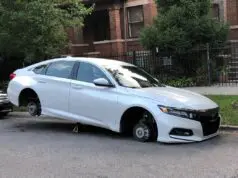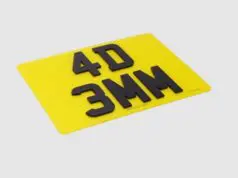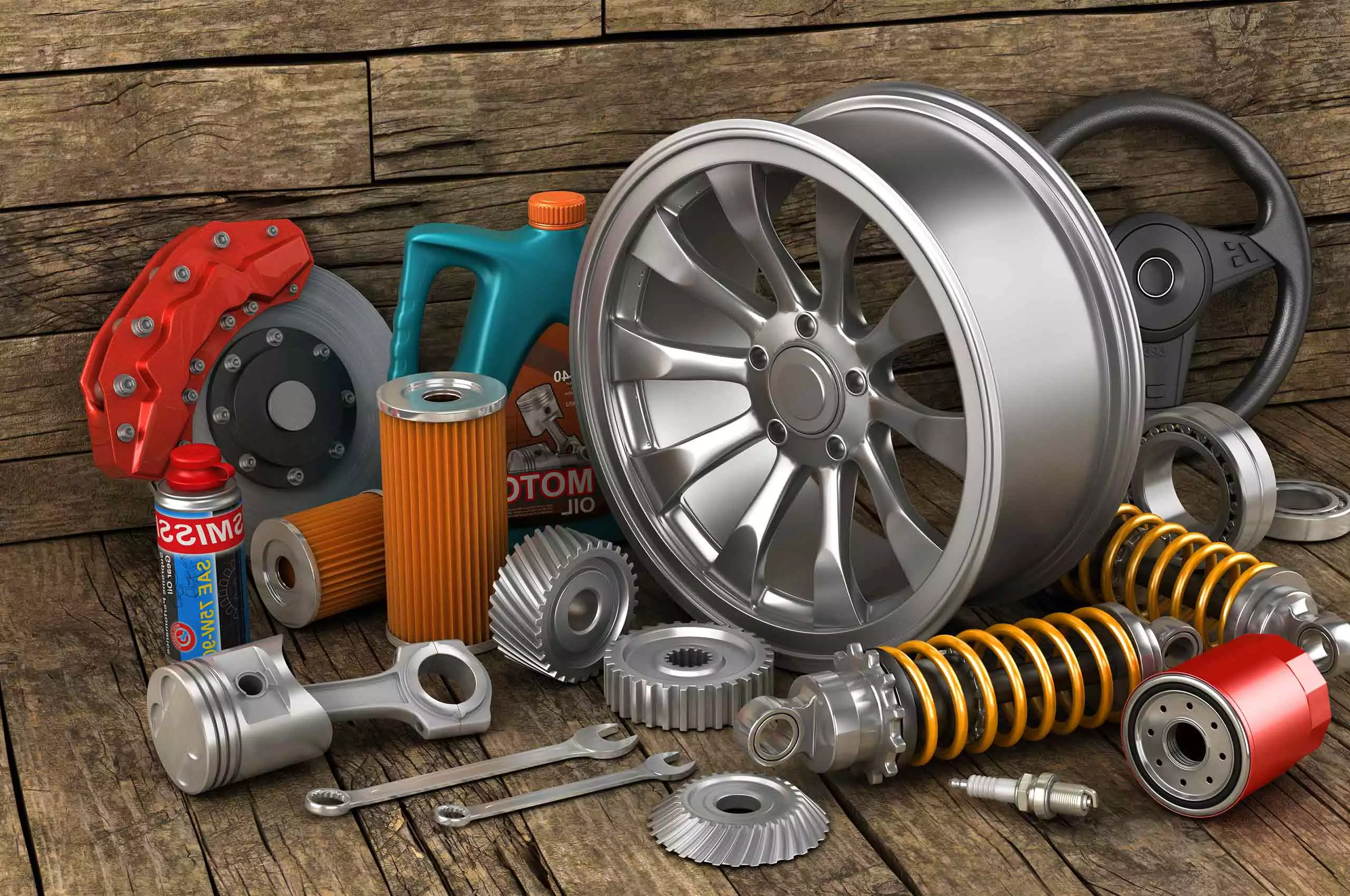
In the world of auto repair and maintenance, the allure of saving a buck or two can often lead you down a rabbit hole of used auto parts. It’s like treasure hunting in a junkyard—you might find a gem or end up with a dud.
The thing is, while saving money sounds great, sometimes opting for cheaper, used parts can end up costing you more in the long run. Let’s break it down in a way that even your car-ignorant cousin Joey could understand.
The Appeal of Used Parts
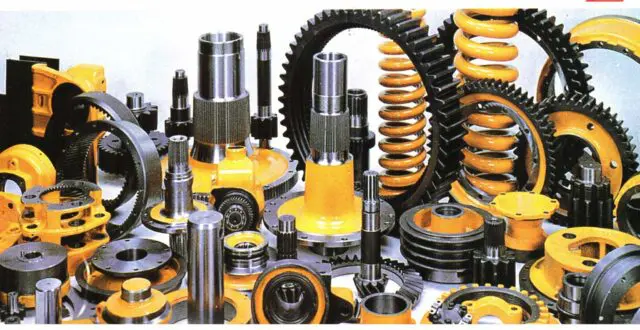
Imagine you’re on a tight budget, which isn’t hard if you’ve ever paid a New York City rent or had to decide between eating or fixing something in your life. Cars are expensive to maintain, and when something breaks, the cost of new parts can make your wallet weep. This is where the used auto scrap yard comes into play.
They’re the budget-friendly solution that can keep your ride running without breaking the bank. They come from vehicles that aren’t on the road anymore but still have components that are in good enough shape to live a second life in another car.
Where to Find These Hidden Gems
Used parts can be found in a variety of places: junkyards, auto-recycling centers, online marketplaces, and sometimes even in the garage of that one uncle who never throws anything away. Each of these places has its own charm. Junkyards, for instance, let you play automotive archaeologist, digging through rows of cars to find the part you need.
Online marketplaces offer the convenience of shopping from your couch, with the added excitement of wondering whether the part you bought online is actually the part you’ll receive.
The Risky Business of Used Parts
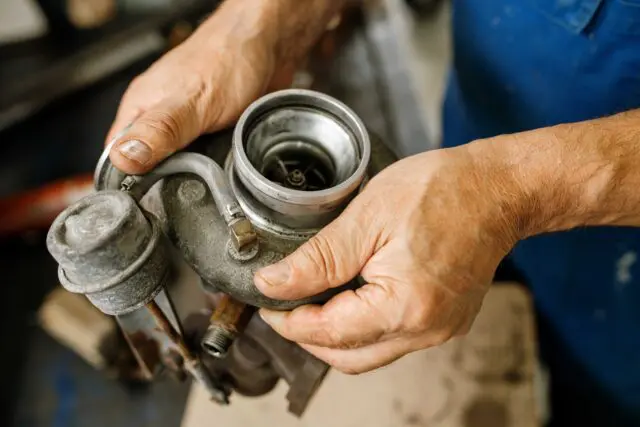
Now, let’s talk risks. Cheap can be great, but cheap can also be, well, cheap. Used auto parts vary widely in quality, and their history is often as murky as the bottom of a used coffee cup. Unlike new parts, used parts don’t come with a guarantee of their lifespan.
They could last you years, or they could conk out on the freeway in rush hour. Plus, there’s always the chance that these parts might not meet safety standards or could potentially cause further damage to your car.
Evaluating Part Quality
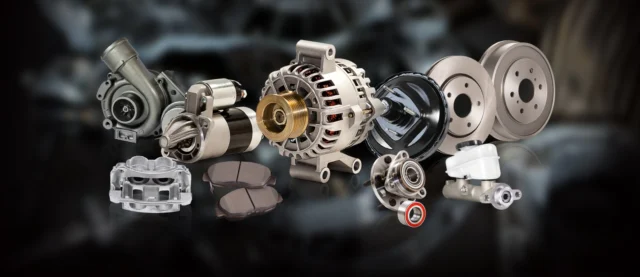
This is where you need to channel your inner detective. Evaluating the quality of a used part is crucial. You wouldn’t buy a house without a thorough inspection, so why treat car parts any differently?
Here’s what you should be eyeballing: does the part have any visible wear or damage? Rust is a big red flag. So are cracks, dents, and any sign of repair. It’s also wise to check how old the part is—older parts might not be as reliable or even compatible with your vehicle.
Installation Troubles
Here’s another kicker. Even if you find a decent part, installing a used part can be like trying to put a square peg in a round hole. Sometimes they fit perfectly, sometimes they don’t. And if they don’t, you might find yourself paying for modifications or additional parts to make it work.
Not to mention, if you’re not doing the installation yourself, you’ll also need to pay for labor, and mechanics aren’t cheap. Before you know it, the cost of installing that “cheap” used part could balloon, making it more expensive than a new one.


